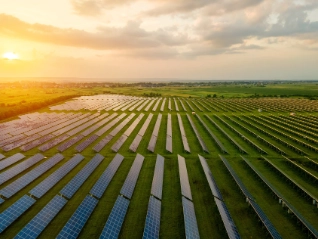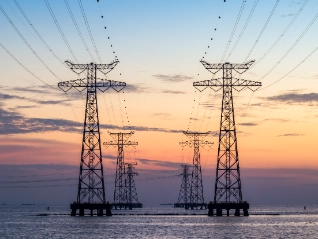Atradius Atrium
Get direct access to your policy information, credit limit applications tools and insights.
 India offices
India offices














Load more
Viewing 7 out of 143







Load more
Viewing 7 out of 28







Load more
Viewing 7 out of 25







Load more
Viewing 7 out of 12














Load more
Viewing 7 out of 9
Case study
